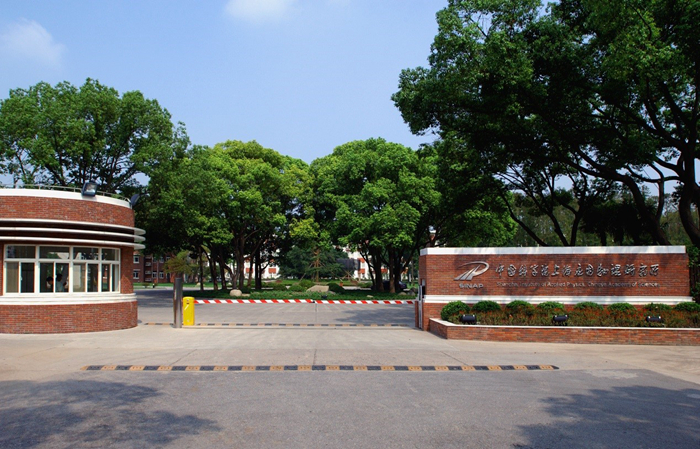






Established in 1959 and formerly known as Shanghai Institute of Nuclear Research before June 2003, Shanghai Institute of Applied Physics (SINAP), Chinese Academy of Sciences is a national institute of comprehensive nuclear science and technology. It has two campuses, located in the Jiading district of Shanghai (27 hectares), a key supporting area for the Shanghai Technology Innovation Center, and Wuwei (67 hektares), the hub of the famous Silk Road in ancient Chinese history in Gansu Province.

The main research fields of SINAP include advanced energy science and technology, represented by Thorium molten salt reactor nuclear energy system (TMSR), efficient energy storage and conversion, as well as the application of nuclear technology in the environmental, health and materials fields.
As of December 2020, SINAP had 677 employees, including 468 scientists and engineers, 80 professors or equivalent. In addition, it has 287 doctorial students and 200 MS students in particle physics and nuclear physics, optics, nuclear technology and application, nuclear energy science and engineering, inorganic chemistry, polymeric chemistry and physics, biophysics, signal and information processing, optical engineering, electromagnetic field and microwave technology, and plus 15 postdoctoral programs.
SINAP is responsible for the Thorium-based Molten-Salt Reactor(TMSR) nuclear energy system, one of the Chinese Academy of Sciences' Strategic Priority Research Programs. The goal is to develop the fourth-generation fission reactor nuclear energy system and thorium-uranium cycle technology, with industrial applications within 20 years.
SINAP led the establishment of the Innovation Academy for Advanced Nuclear Energy, CAS. It also has the Key Laboratory of Interfacial Physics and Technology, Chinese Academy of Science, and Shanghai Key Laboratory of Cryogenics and Superconducting RF Technology.
SINAP launched China's first nuclear power project "Project 728". The initial goal of the project was to build a 25 MWe TMSR. Constrained by the state of the art at the time, the goal was changed after the construction of a zero-power molten salt reactor in 1971, and a 300 MWe pressurized water reactor (Qinshan NPP-I) was built in 1973, which has been operating since 1991.
SINAP established the Shanghai Synchrotron of Radiation Facility (SSRF), the largest research project in China at that time. It is a high performance light source for the third generation of median electron energy, and a groundbreaking ceremony was held on December 25, 2004 for the project proposed and supported by the Chinese Academy of Sciences and the Shanghai Municipal Government. The project was completed on schedule in April 2009, and has been effectively operated by SINAP for 10 years.
Over the years, SINAP scientists have made over 600 scientific achievements, more than 200 of which have been awarded by the nation, Chinese Academy of Sciences or Shanghai city. Typical examples include the 1.4 m cyclotron, on which 202Pt was synthesized, a Chinese breakthrough in new nucleotide synthesis and identification; the world's first mini cyclotron mass spectrometer; and 67Ga-labeled citrate, which is the first radiopharmaceutical in Chinese Pharmacopeias; three achievements in the field of heavy ion physics and one in bioanalytical chemistry, which won the second prize of the State Natural Science Award; and the SSRF, which won the first prize of the State Scientific and Technological Progress Award.
SINAP has always attached great importance to academic exchanges and cooperation with international communities of science and technology. It has established collaborations with a number of the world’s leading research institutions, including Diamond and UMAN of UK;PSI of Switzerland; BESSY-II of Germany; ELETTRA and INFN of Italy;Japanese institutions of SPring-8, KEK; PLS of South Korea; SSLS of Singapore; ANSTO of Australia; Laboratories of DOE,USA; CNL of Canada; MUCTR & NRC-KI of Russia; ICSI of Romania;POLOMI of Italy;KIT of Germany; IAEA in Austria;DNI of England;EMDIDI of Ethiopia; IETP KazNU & INP of Kazakhstan and RISP/IBS of Korea etc..
SINAP sponsors and edits academic journals Nuclear Techniques (in Chinese), Nuclear Science and Techniques (in English), and Radiation Research and Radiation Processing (in Chinese). Shanghai Nuclear Society, Radiation Research and Radiation Processing Society under Nuclear Society of China, with its headquarters in SINAP.